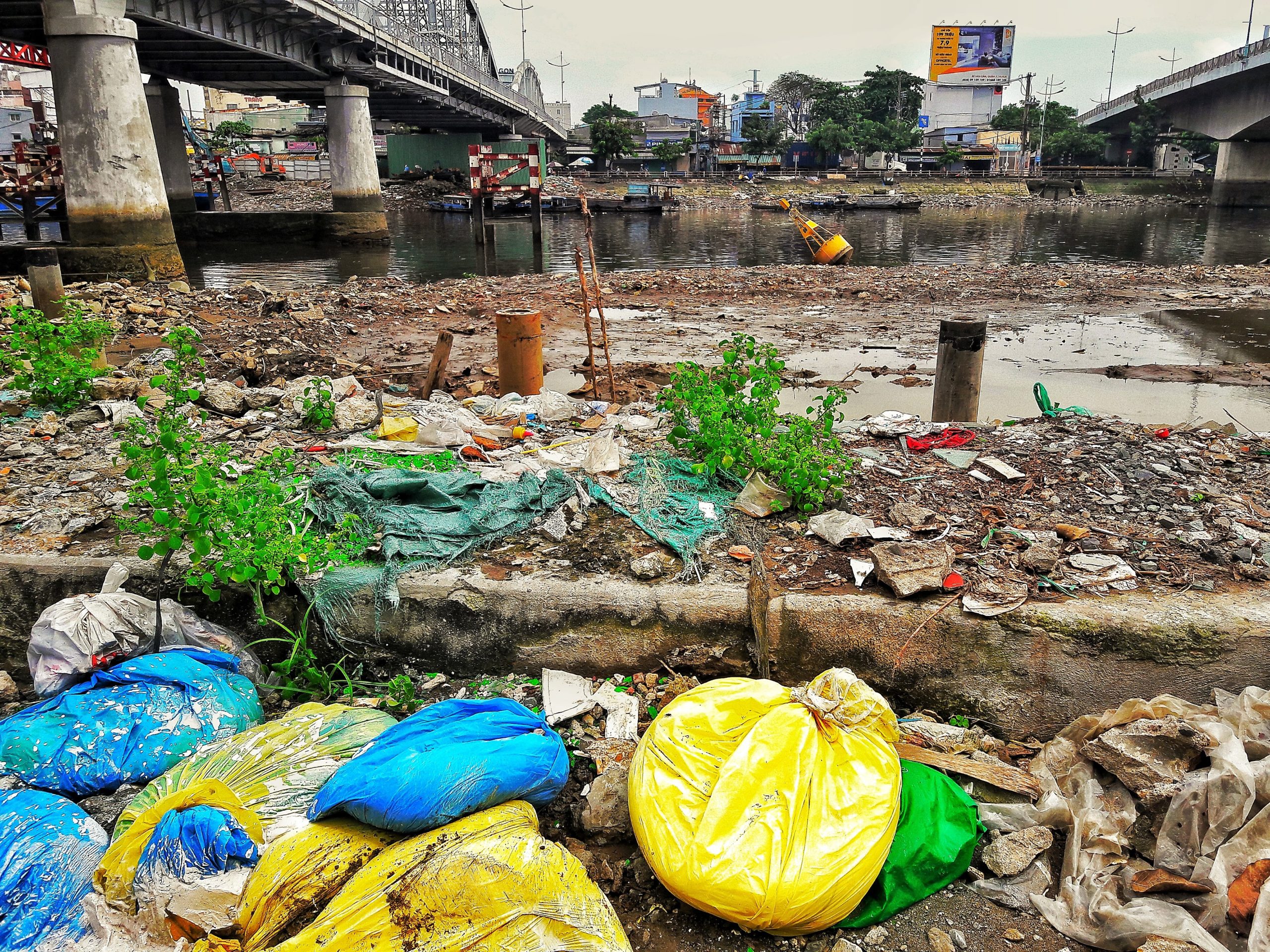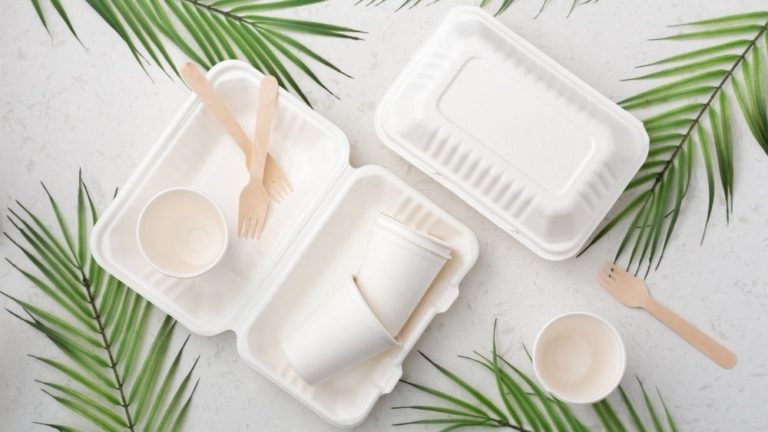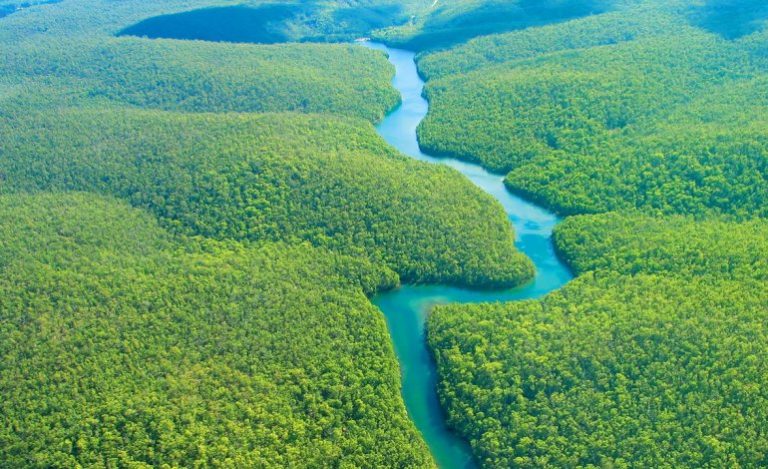What is microplastic ?
Microplastic is defined as a fine plastic particle less than 5 mm in diameter. There are two types depending on the formation process : primary and secondary microsplastics. Primary microsplastics are synthesized as additives in the cosmetic (exfoliant, toothpaste), petrochemical (industrial plastic granulate, industrial abrasive) and clothing (synthetic fiber) sectors. Secondary microplastics result from the degradation of larger elements (bottles, tires, laundry clothes) reduced into fragments by the action of the sun and micro-organisms.
Where do Microplastics come from?


Overwhelming observation
This plague does not date from yesterday, this awareness goes back to the 80s when scientists at the University of Alaska had identified the harmful effect of microsplastics on animal species. Then, navigators, scientists, filmmakers, media warned about the phenomenon of accumulation of microplastics in the ocean without real impact.
The Ellen MacArthur Foundation report stating, “There will be as many microplastics as fish in the oceans! “In 2016, the alarm is sounding and public opinion is being called into question.
Today, despite this awareness, the situation remains overwhelming: 90% of waste at sea is of plastic origin and 92% of it is less than 5 mm in size. Indeed, 250 000 tons of plastic including 21 000 tons of microparticles would float in the seas of the world. This pollution causes enormous gyres (gigantic whirlpool of water formed by a set of marine currents) concentrating debris and sailing over the oceans. Also called Vortex there are several in the world : Indian Ocean, North South Atlantic, North South Pacific.
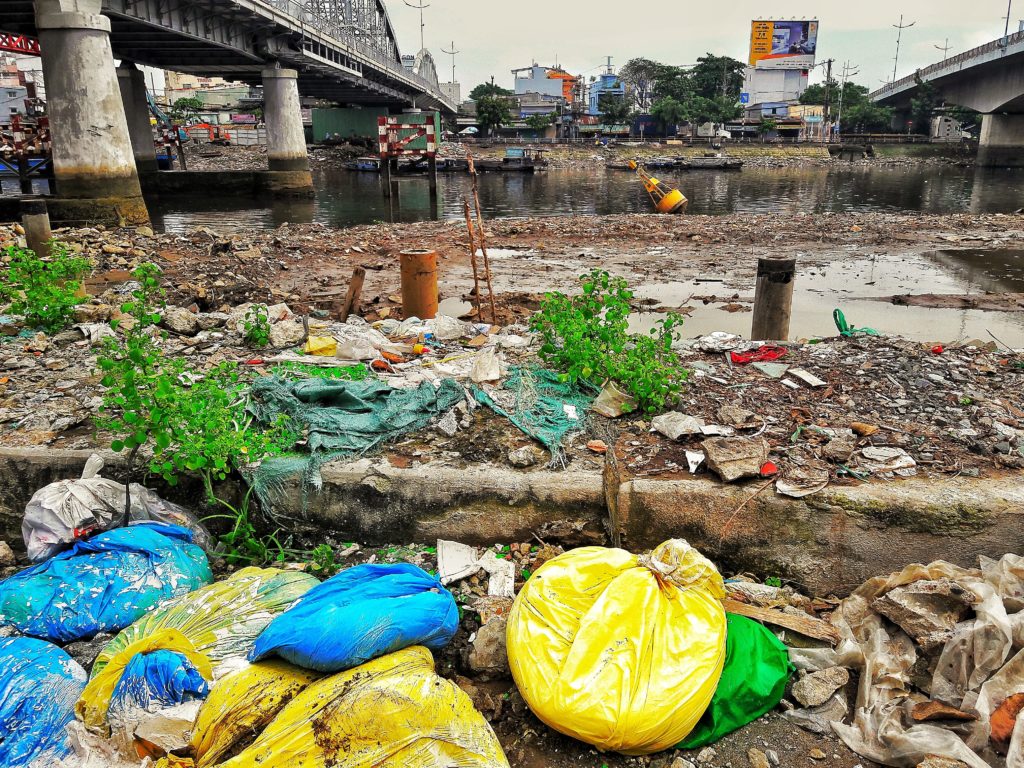

Dangers
Microparticles represents many threats to the environment. First of all on marine fauna, observations show numerous deaths due to strangulation or ingestion of plastic leading to suffocation or obstruction of the digestive tract.
“The many plastic fragments ingested by animals no longer leave room in their stomachs to eat. Then they die on an empty stomach”
Microplastics are vectors of very toxic chemical pollutants, once ingested by animal species these phenomena have repercussions on their health and indirectly on humans. Indeed, the whole food chain is affected, microplastics take charge of various toxins in the oceans and generate a complete disruption in fish once ingested fine particles. According to studies, microplastics disrupt hormonal systems, create brain damage and behavioral disorders in fish. Men being at the end of the food chain, this invisible plague directly impacts human health. Fish no longer providing the usual nutritional intake and transmitting toxins that are highly toxic to humans leads to a reduction in reproductive capacity. The adverse effects are not clearly established, however some facts are proven such as inflammatory reactions, decreased nutritional intake and decreased reproductive capacity.


Major issues
This crisis is a global issue, each country has a parts of responsibility. This disaster impacts the fauna and flora in sustainable ways. It’s time to act and take action on the scale of these societal, economic and environmental challenges. The ocean plays a vital role in regulating the global climate. The sea is also the heart of our economy and of a more sustainable economy. The sea and oceans are part of an ecosystem representing part of the world’s biodiversity that must be protected. Starting from this premise, the developing countries generating the most plastic waste have an essential role to play in this fight. At the United Nations Environment Programme (UNEP) event in Nairobi in 2017, more than 200 countries signed an agreement to eliminate plastic pollution in the oceans. China has signed this agreement and is committed to monitoring the amount of plastics poured into the sea. This measure is a huge sign and an enormous step towards safeguarding the marine ecosystem. Countries have become aware of the measures to be put in place to eradicate this phenomenon.
Solutions
Now is the time to mobilize to fight this invisible flague. On a large scale, many projects are flourishing to eradicate this harmful pollution. Innovation could be the spearhead to eradicate microplastics. Ocean Cleanup’s project is attracting particular attention.
Indeed, the young Dutchman Boyan Slat had the crazy idea of deploying a series of floating barriers, a sort of giant funnel, to concentrate and bring back the debris to a platform capable of treating them. This project could eliminate much of the macroplastics and combine with the SeaVax project could completely eradicate microplastics. Seavax is a solar powered boat sucking and storing microsplastic.
On a smaller scale, each citizen can make a contribution. We must raise public awareness and rethink the way we produce and consume. Simple actions could reduce ocean pollution. Here are a few simple examples: (choose hygiene products without plastic microbeads, use water bottles, refuse disposable straw utensils; cutlery; cups, do not throw cigarette butts anywhere, pick up waste and throw garbage in the garbage bins provided for).
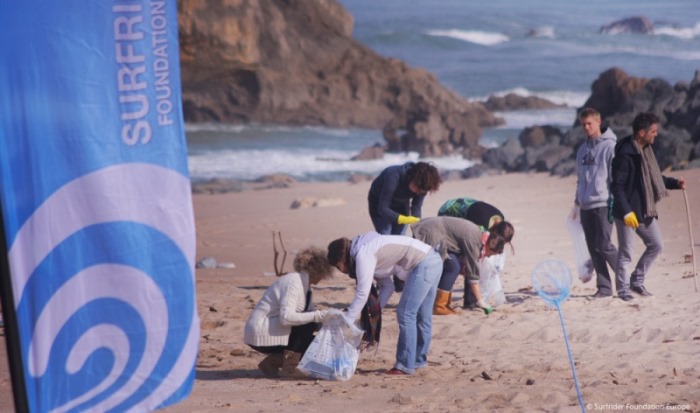

The Direct Imex team thanks you for this reading and remains at your disposal for further explanations. We invite you to visit our range of 100% compostable bags in order to eradicate microplastics in the oceans and safeguard this fragile ecosystem.
References :
http://www.ompe.org/le-danger-permanent-des-microplastiques/
https://www.greenweez-magazine.com/la-pollution-des-oceans-plus-quun-constat-des-actions/
https://theconversation.com/pollution-des-oceans-par-le-plastique-des-solutions-existent-74336
https://www.ecco-verde.fr/info/beauty-blog/microplastique-un-double-danger

